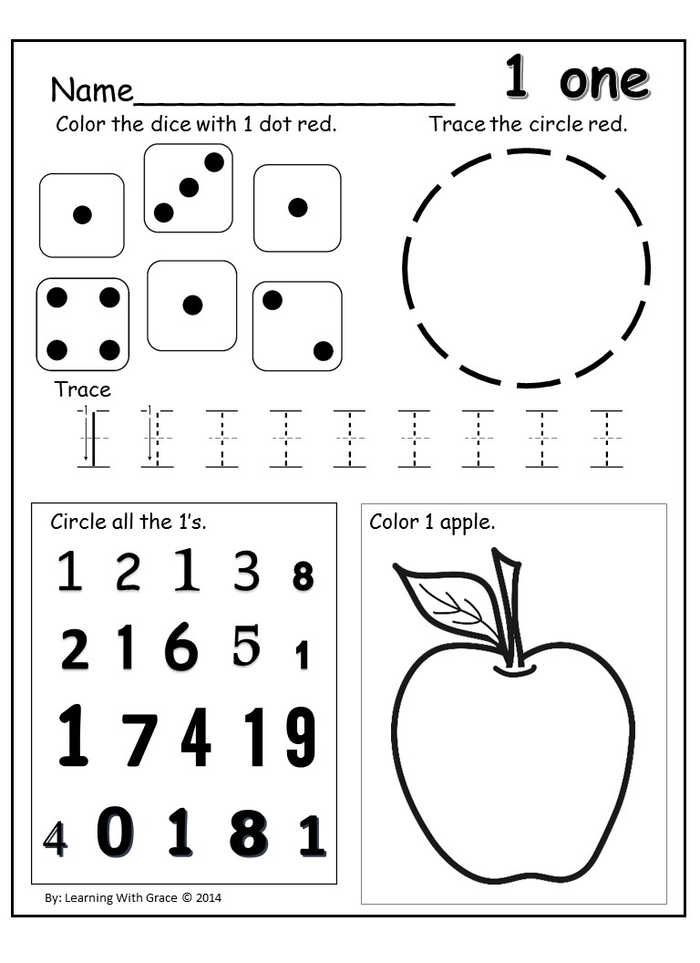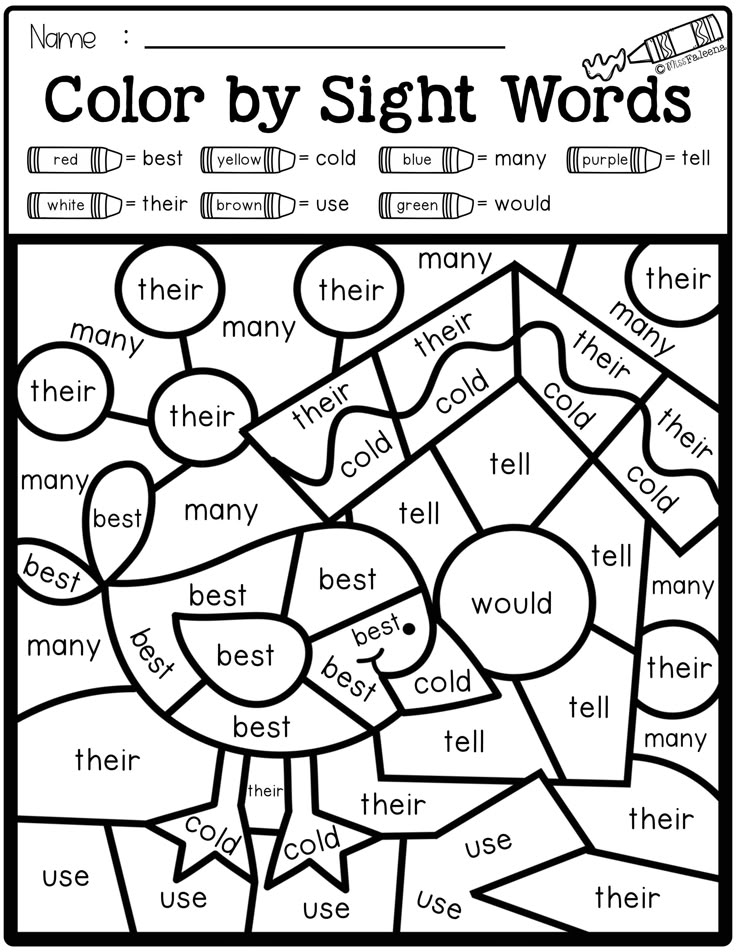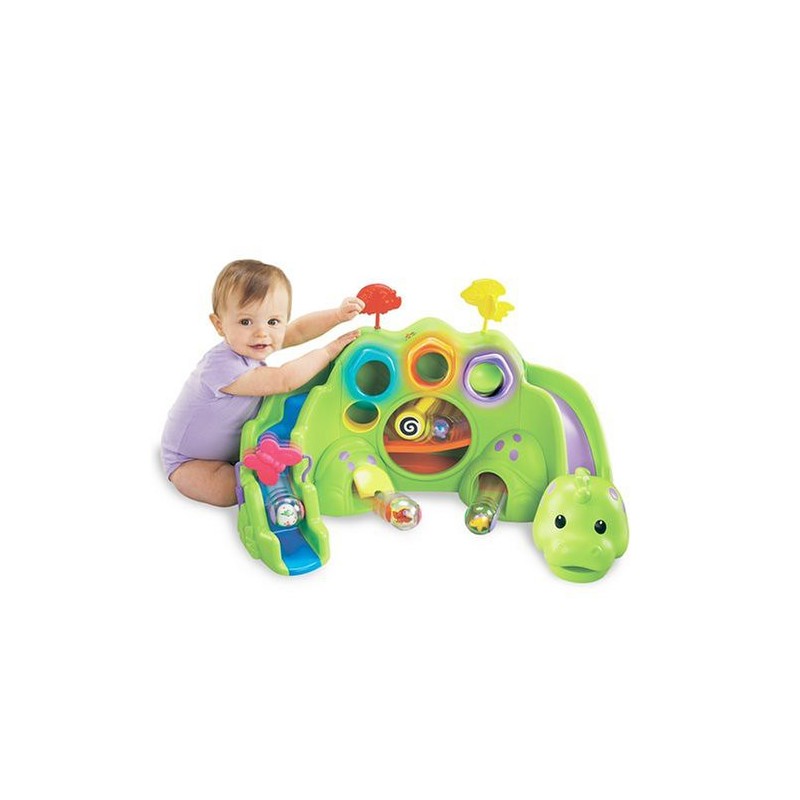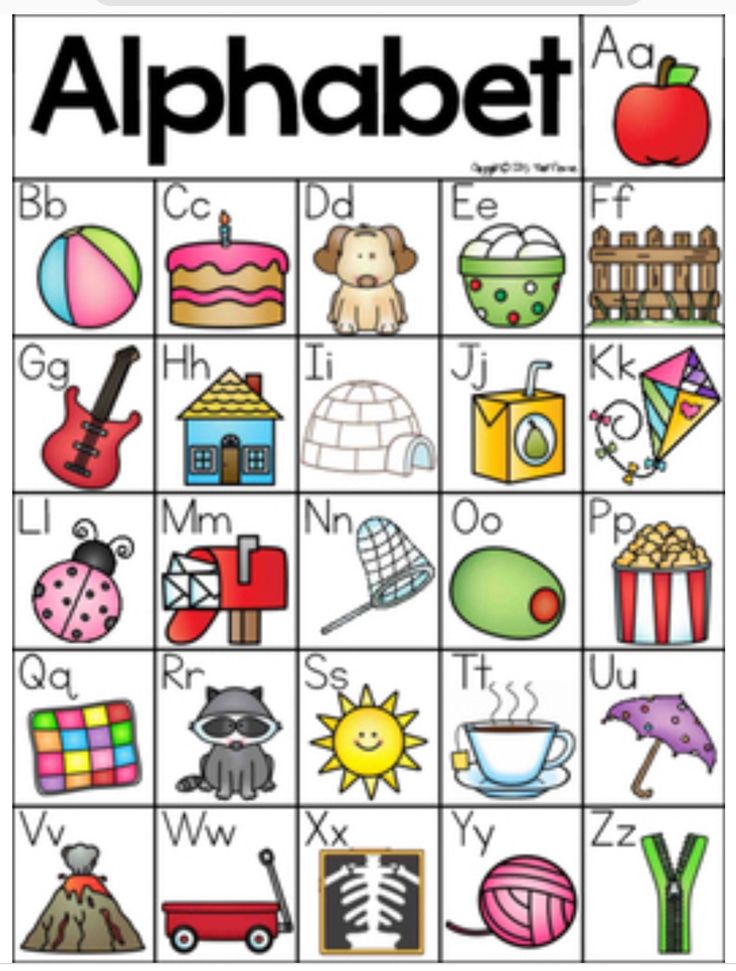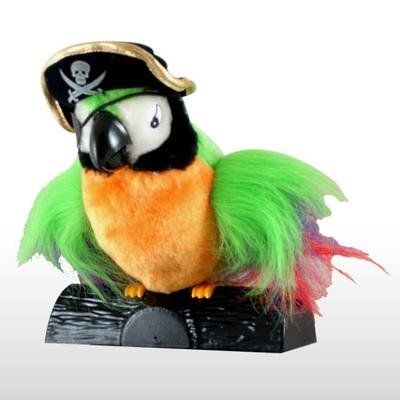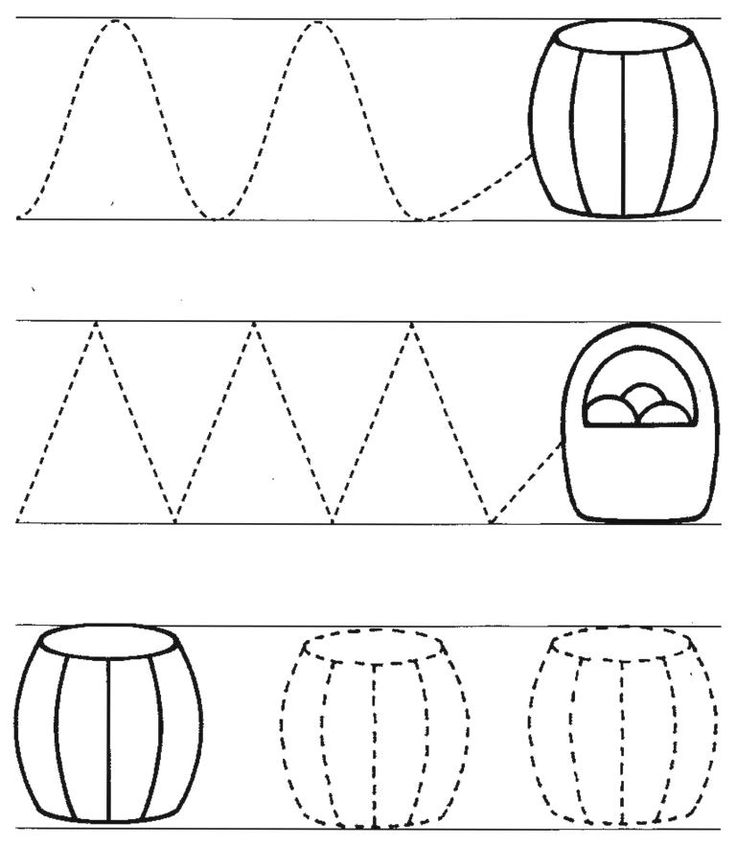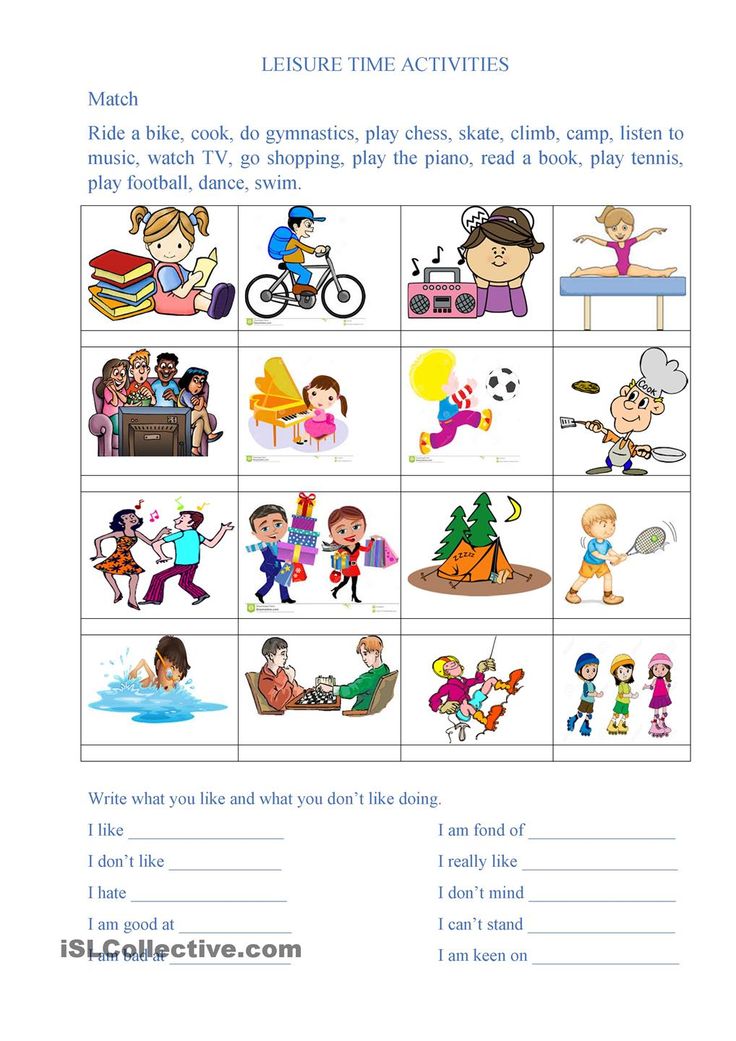Learning math preschool
6 Preschool Math Activities: Numbers, Counting, and Beyond!
Teaching Tips
January 27, 2020
0
10 mins
We are all familiar with the core areas of learning: “Reading, Writing, and Arithmetic”, or more recently, the focus on the STEM and STEAM initiatives. These are meant to remind us of the basic skills that students need to be taught in school. These skills even need to be taught to the littlest learners: preschoolers! But, how much attention beyond rote counting is really given to math in preschool?
Well, according to one study, only 58 seconds per day was spent on math in preschools with six-hour days. Likewise, a 2017 study by Vanderbilt University education professor Dale Farran found that math was only taught intentionally 2.5 percent of the day in her study of preschool classrooms. However, they found that increasing the amount of time children spend engaged in math from 2 percent to just 4 percent led to significant math gains.
Why so little time devoted to math? Could it be for those of us who teach preschool children, just the mere thought of MATH makes us feel a little woozy? (I know this happens to me!) When we think of math, we conjure up thoughts of high school geometry or calculus and feel intimidated as to where to even begin with Pre-K children. But, keep in mind this is Pre-K, and I have no doubt that each and every one of us should be confident that we can do Pre-K math!
Being confident is a first step, but we also need to make sure we are equipped with an understanding of what Pre-K children need to know and how to best teach them. We are all aware that just singing the ABCs does not teach our children how to read. Likewise, it is important to keep in mind that rote counting of the 123s does not teach our children anything more than a list of number words in order. We must intentionally teach children what those numbers mean (number sense)—and more!
Math skills as predictor for later life success
Why is teaching math to preschool children so important? First, it has been found that math skills can be a predictor for later-life success—more so than reading. In "School Readiness and Later Achievement," a widely cited 2007 study by education professor Greg Duncan found that "early math concepts, such as knowledge of numbers and ordinality, were the most powerful predictors of later learning" in a comparison of math, literacy, and social-emotional skills at kindergarten entry.
In "School Readiness and Later Achievement," a widely cited 2007 study by education professor Greg Duncan found that "early math concepts, such as knowledge of numbers and ordinality, were the most powerful predictors of later learning" in a comparison of math, literacy, and social-emotional skills at kindergarten entry.
Math encourages creative thinking and problem solving
Secondly, if we keep in mind that math provides the basis for vital skills later in life, this may lessen the intimidation factor of math. It’s obvious we need math in daily life for budgeting, to double or halve a recipe, or determine if we receive the correct change at a store. But a strong math foundation also provides skills for problem-solving and critical-thinking that are vital to success and safety in all aspects of our life. According to Dr. Jie-Qi (Jackie) Chen, professor of Child Development at the Erikson Institute, “Developing a mentally organized way of thinking is critical.” To make that happen, Chen says, “We need to provide high-quality math education at an early age.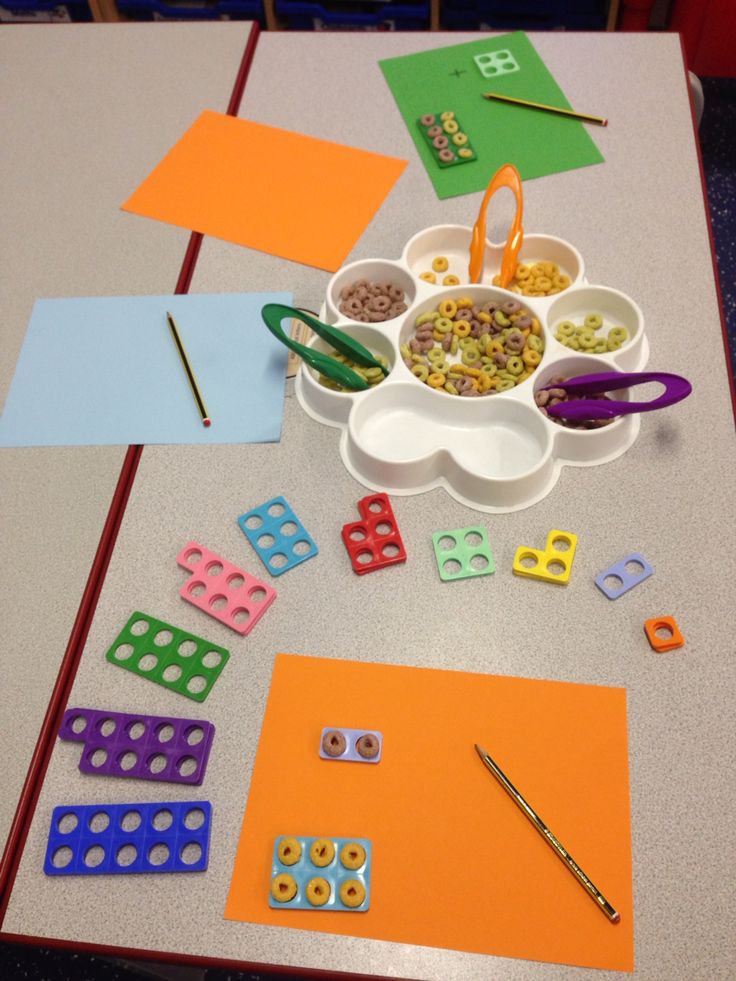 ”
”
Investing time and effort in teaching preschool children math is extremely important, but what skills do we teach and where do we begin? To best support the development of Pre-K math skills, it's important to understand the specific foundation skills preschool-level children need to know.
What math skills should Pre-K students be learning?
Taking into consideration child development and what skills children need to know and when, Get Set for School® by Learning Without Tears is a developmentally appropriate, child friendly curriculum that provides teachers with easy-to-follow lessons and materials that will engage and entice children to learn and play.
We understand the importance of building a strong foundation of ALL skills for ALL preschool children. Get Set for School is a complete curriculum with math being just one of the core learning areas. All learning areas are intentionally designed to be developmentally appropriate.
Below, you’ll find the core skills taught in the daily Get Set for School math lessons.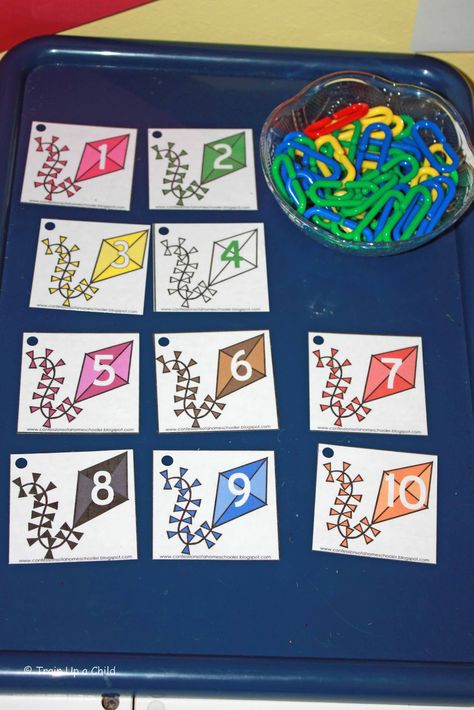 While all these areas are important for math development, the first two, Number & Operations and Geometry, are foundational to future math learning. Therefore, they are a fundamental part of many Get Set for School math lessons. Numbers & Operations is basically “number sense,” which has been shown to be the building block for all other math skills. These skills encourage children to think flexibly and promote confidence with numbers and solving problems. Let’s take a closer look:
While all these areas are important for math development, the first two, Number & Operations and Geometry, are foundational to future math learning. Therefore, they are a fundamental part of many Get Set for School math lessons. Numbers & Operations is basically “number sense,” which has been shown to be the building block for all other math skills. These skills encourage children to think flexibly and promote confidence with numbers and solving problems. Let’s take a closer look:
Numbers & Operations
- Pre-K children develop number sense, investigate relationships among numbers, and explore the properties of numbers. Children know numbers in a practical way long before they do math activities. They know that they have one mouth and two hands before they recognize 1 and 2. They know that they want more, even before they know the word “more.” What we teach children in Number & Operations are words and symbols for what they already know, while expanding their basic ideas about numbers to a solid understanding of quantities.
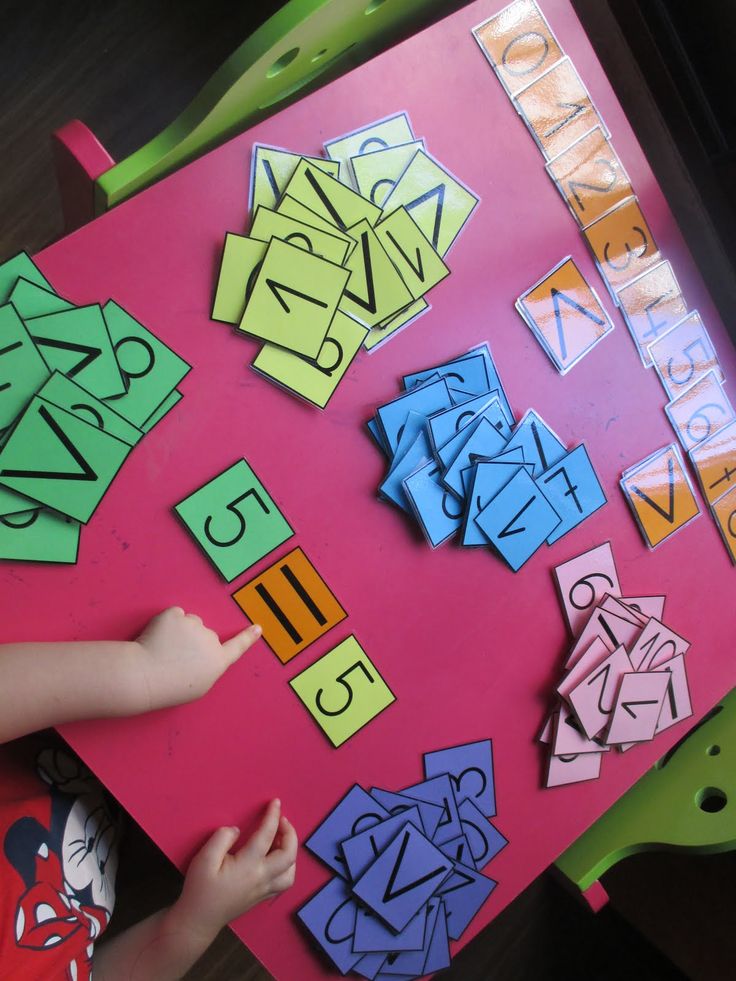
Geometry
- Geometry is the study of shapes and space. When children play on the playground, they begin to learn words to describe where they are (e.g., on the ladder, under the slide). Children should build their vocabulary with position words through songs, games, and activities. They also play, build, and explore with shapes. In Pre-K, children can move beyond simple identification of shapes to understand each shape’s characteristics.
Patterns & Algebra
- Algebra is an area of math that uses symbols, letters, and patterns to solve problems. Children love to notice and make patterns. Seeing and extending patterns help children build observation, thinking, and problem-solving skills. Simple repetitive patterns and even simple growing patterns can be explored with young children. Pattern activities build the foundation for understanding more complex mathematical patterns in the future.
Measurement & Time
- Measurement is determining the size or amount of something.
 Young children acquire these skills through measuring objects themselves. Children can experience measuring by making direct comparisons between objects, comparing objects using nonstandard units, such as paper clips or straws, and comparing objects using standard units. They learn to measure with nonstandard units first to prepare them to work with standard units in the future. When Pre-K children learn about time, they think about general times of day and what happens in their lives at those times.
Young children acquire these skills through measuring objects themselves. Children can experience measuring by making direct comparisons between objects, comparing objects using nonstandard units, such as paper clips or straws, and comparing objects using standard units. They learn to measure with nonstandard units first to prepare them to work with standard units in the future. When Pre-K children learn about time, they think about general times of day and what happens in their lives at those times.
Data Representation & Probability
- Data representation activities help children organize information (answers to questions) in a visual way. They are a good way to connect questions in children’s real worlds with numbers. Pictographs can be created in response to almost any Pre-K question, such as favorite ice cream or number of pets. Probability helps us answer questions about our world about the likelihood of future events. It helps children make sense of their day and world.
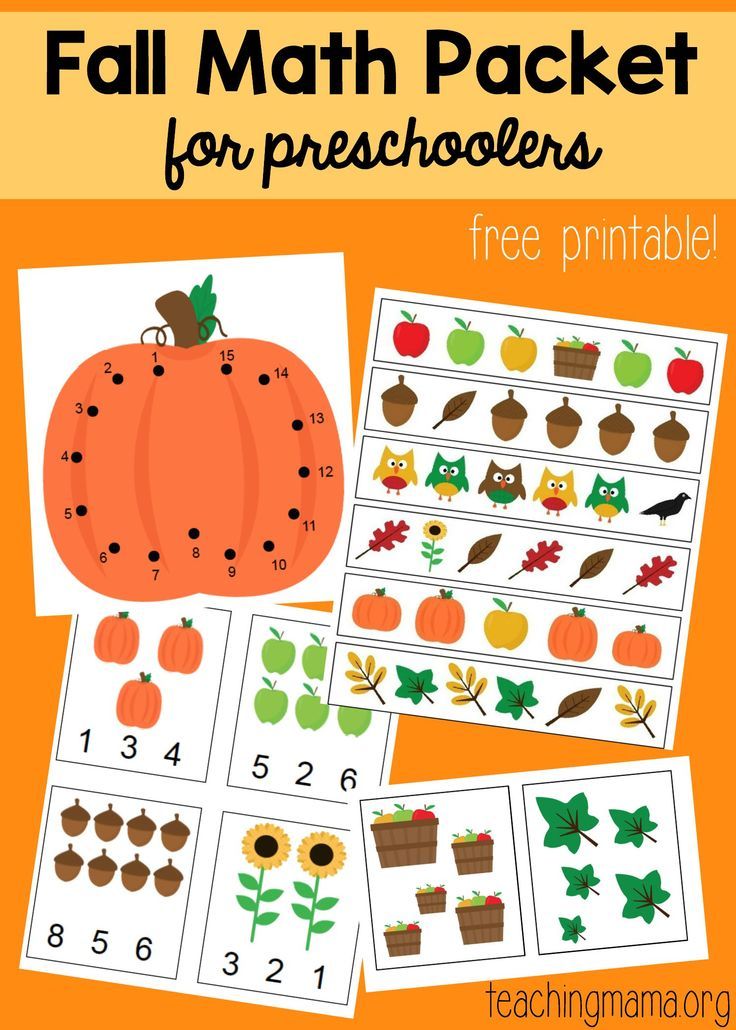
Understanding what to teach preschool children is very important. But then how do we teach, what materials do we use, and how do we set up appropriate lessons?
Get Set for School Math Activities for Pre-K
Math makes sense to children when they have hands-on experience with it! Therefore, in the Pre-K classroom, math needs to be hands-on, multisensory, engaging, and fun!
The following math activities highlight just a few of the math products available from Get Set for School. Lessons incorporating these products are included in the complete Get Set for School curriculum, and each product also comes with its own activity booklet. Use these products for teacher directed instruction, but they are also perfect for child-led discovery play, too!
A set of number booklets, one for each number 1–10, helps children develop number sense with finger plays, songs, rhymes. Each child has their own set of booklets full of coloring activities and numeral tracing.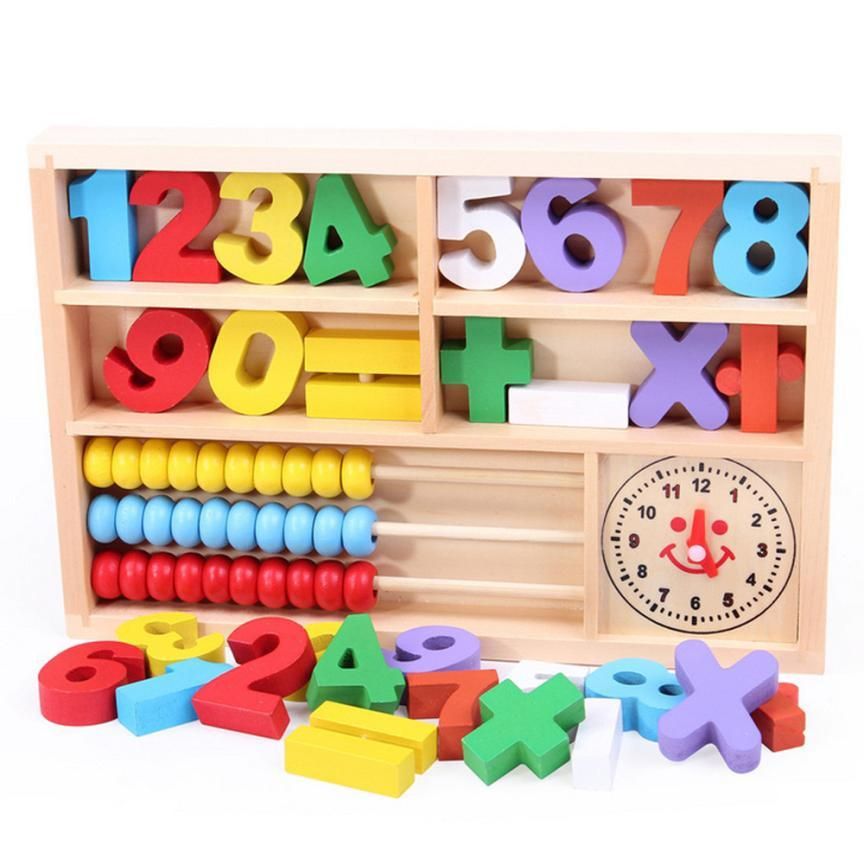
- Sample Activity from I Know My Numbers (Booklet #6): (Download a sample)
- Take 6 small condiment cups and 6 caps: What can you do? Count, teach on/in, up/down, etc.
Activity 2. 4 Squares More Squares®
Bring geometry to life as children slide, turn, and flip colorful sturdy rubber pieces. Children can also sort, sequence, pattern, solve puzzles, and develop spatial awareness. (Download a sample)
Activity 3. Tag Bags®
Children will eagerly engage with these colorful bags as they identify numerals, sort, match, measure, pattern, and build! Each bag has a fastener that they open/close to foster fine motor skills. (Download a sample)
Activity 4. Mix & Make Shapes™
Mix & Make Shapes are brightly colored foam pieces that invite children to sort, trace, transform, and move shapes as they learn about shape properties, size, and much more. (Download a sample)
(Download a sample)
Activity 5. 1-2-3 Touch & Flip Cards®
These tactile, double-sided cards entice children to trace and name numbers, count, and sequence. The “flip" feature helps students check their work! (Download a sample)
Activity 6. Sing, Sound & Count with Me Album (Check out our music samples page)
With this music album, children learn language and number concepts as they move and play to upbeat songs that reinforce your instruction.
- Specific math songs: 5 Fingers Play, Shape Song, Counting Candles, Pattern Dance, Counting at the Table, Big Numbers, The Ants Go Marching, and Counting, Counting.
- When you sing math songs, add visuals and/or objects to count to enhance learning.
Teaching Tip: Make it Cross-Curricular
Although we need to teach math concepts explicitly, it is also important to help children understand that math happens everywhere! This can be done easily when we are intentional with typical classroom and play activities.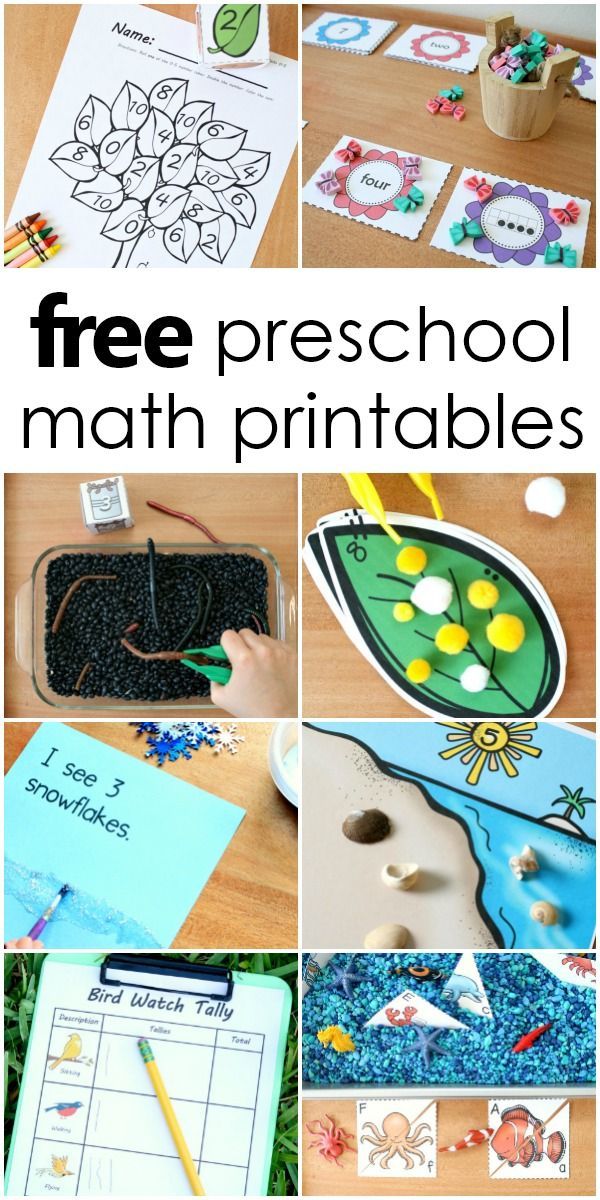 In fact, one of the most powerful teaching strategies is to integrate or blend math into other subjects (reading, art, science, snack and line up time, on the playground, etc.). This helps children understand that math is functional, and numbers, shapes, and patterns happen every day in the real world.
In fact, one of the most powerful teaching strategies is to integrate or blend math into other subjects (reading, art, science, snack and line up time, on the playground, etc.). This helps children understand that math is functional, and numbers, shapes, and patterns happen every day in the real world.
Get Set for Math and Beyond
Get Set for School provides child-friendly and developmentally appropriate tools and support, allowing both preschool students and teachers to be successful and excited about learning. View our complete selection of Numbers and Math products available to support development in all foundational math areas. If you are looking for more developmentally appropriate programming beyond math, check out our complete Get Set for School curriculum, which focuses on all the core learning areas necessary in preschool: Numbers & Math, Readiness & Writing, Language & Literacy, Oral Language, and Science & Social Studies.
Don’t forget to check out our teacher and OT training workshops and webinars to help teachers feel more equipped and confident.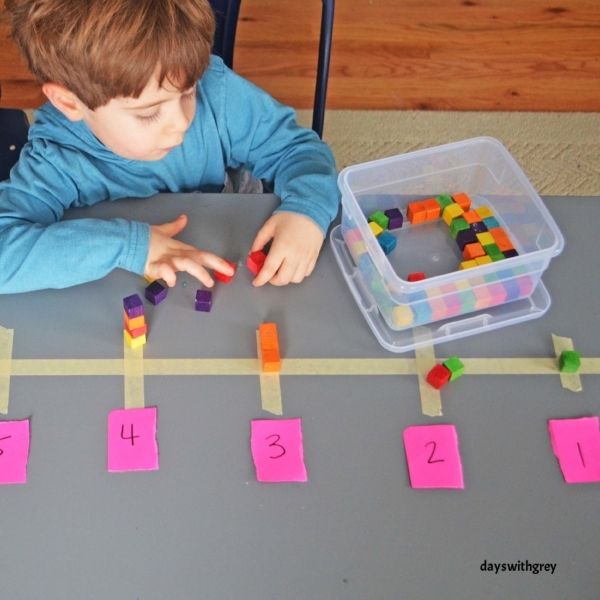 Happy teaching!
Happy teaching!
Related Tags
Teaching Tips Readiness
Teaching Tips
Making the Most of Your Funding Options
September 9, 2022
0 2 mins
Readiness, Summer, Teaching Tips, Multisensory Learning
5 Ways to Support Your Students this Summer
June 7, 2022
0 5 minutes
Readiness, Summer, Teaching Tips, Multisensory Learning
4 Guidelines to Support Students Over Long Breaks in Learning
February 14, 2022
0 5 mins
There are no comments
Preschool Math Activities - Stay at Home Educator
Developing mathematics skills begin long before children enter formal schooling. This is why choosing out which preschool math activities to include in your lesson plans are all the more important.
In fact, preschool and toddler aged children are constantly playing with math.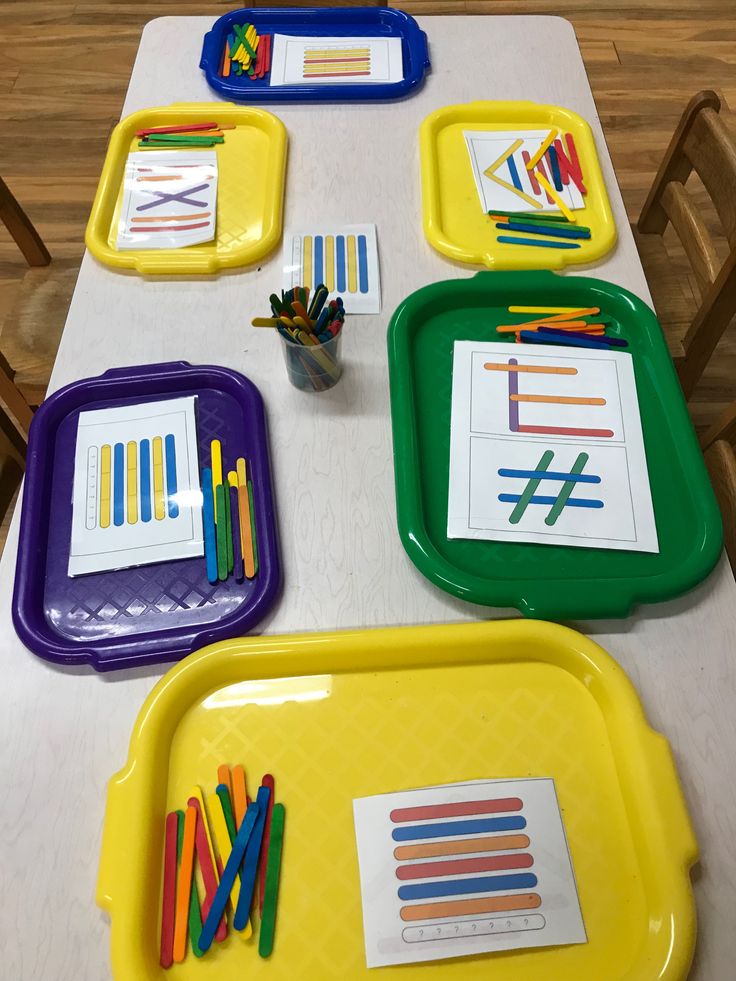 They naturally sort and organize. They build and design. These are mathematical skills children have a natural interest in and their beginning development comes through the very natural act of playing.
They naturally sort and organize. They build and design. These are mathematical skills children have a natural interest in and their beginning development comes through the very natural act of playing.
It is all good and well to say that math skills develop naturally, but young children also benefit from purposeful preschool math activities.
This article is all about how to teach math to toddlers and preschoolers.The 5 Disciplines of Preschool Math Activities Instruction
Teaching math to preschoolers isn’t about doing endless preschool math worksheets. Learning activities should be hands-on and engaging, while targeting important number skills.
But preschool mathematics is more than just teaching counting and number identification. There are five disciplines in mathematics, which are taught in the following units:
Number Sense
Graphing
Measurement
Patterning
Shapes
Sorting
Wondering What to Teach in Preschool Math?
Not sure what math skills you should include in your preschool math lesson plans? Or what kind of preschool math activities you should include? Grab a free checklist below.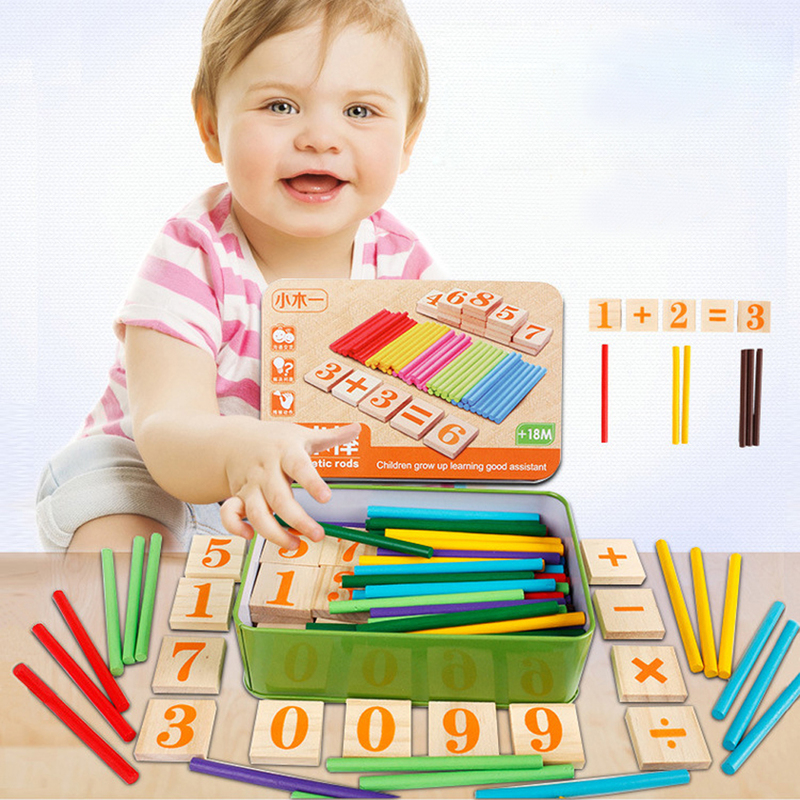
How to Teach Math to Preschoolers
Young children love to play with mathematics, and through play is where some of the strongest mathematical connections will be made. These connections will provide them with the right foundation to learn formal math with ease.
Unfortunately, many elementary-aged children claim they hate math!
So this begs us to ask a question of ourselves as parents and teachers: What has happened to their enjoyment and confidence? Where has the joy gone? The joy they used to experience when building math skills?
And then we ask…what math activities for preschoolers are the most important? Am I planning the right preschool math activities so my students experience joy and excitement when learning math?
The early years allow children to explore mathematics in a natural way. Through hands-on activities and play! Through preschool math games, too!
Think of the toddler who lines up his tractors in a neat row, or sorts her snack crackers by color.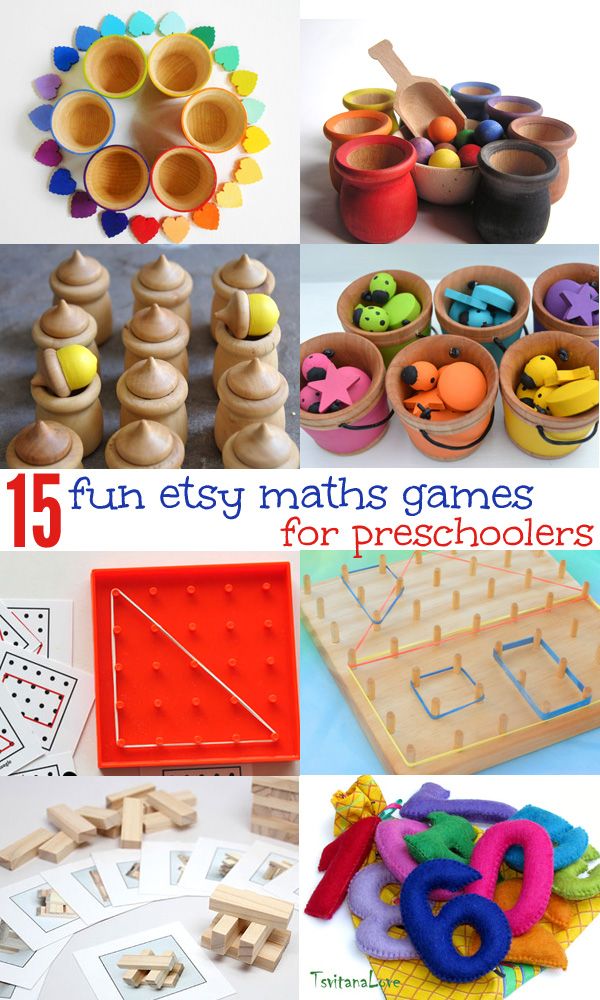 Or the preschooler who turns a puzzle piece to find the right fit or uses blocks to build a tower in increments of two. These are examples of preschool math activities that naturally occur in early childhood.
Or the preschooler who turns a puzzle piece to find the right fit or uses blocks to build a tower in increments of two. These are examples of preschool math activities that naturally occur in early childhood.
They are playful but purposeful. And meaningful, too.
And it is through purposeful and active lessons that preschoolers can be taught a strong foundation in all five disciplines in math.
The Five Disciplines of Math Explained
All mathematics skills are summed up into five disciplines or domains. They are not just for high school students, or middle school, or just for elementary students. The five disciplines of math also apply to preschoolers.
It may sound intimidating, but it doesn’t have to be. The instruction in all five disciplines is absolutely necessary to give preschoolers the best beginning possible in mathematics. They are:
- Number Sense
- Algebra
- Geometry
- Measurement
- Data Analysis
You might be thinking, “Seriously, I supposed to teach algebra to preschoolers?!”
Well, yes, but if you stop to think about it, teaching all five disciplines is easier than you think.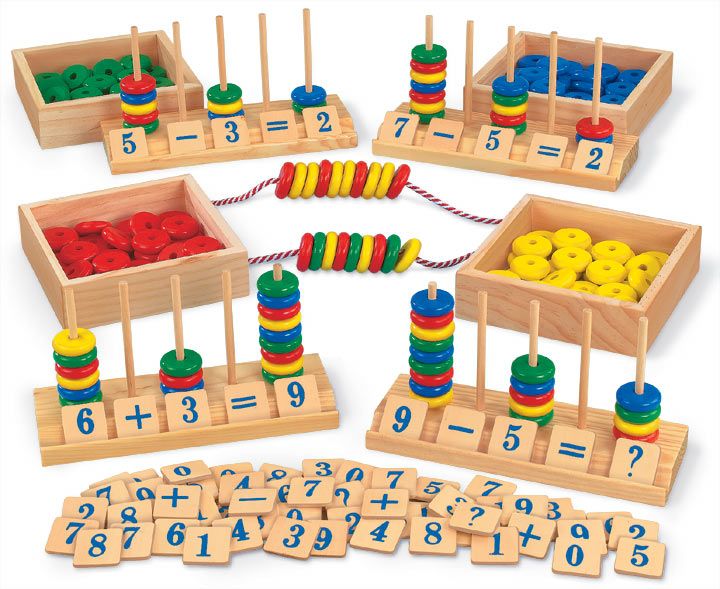 And it is easy to make it developmentally appropriate for preschoolers, too! And, it is completely necessary for a complete and well-rounded preschool education.
And it is easy to make it developmentally appropriate for preschoolers, too! And, it is completely necessary for a complete and well-rounded preschool education.
What the Five Disciplines of Math Look Like in Preschool
Think about it like this: the following are some basic strands within each discipline.
- counting, number identification, addition and subtraction (number sense)
- patterns, comparing and sorting (algebra)
- shape identification, shape differentiation (geometry)
- comparing sizes, lengths and weights (measurement)
- graphing, simple estimation (data analysis)
To learn more about each domain, and to see way preschool math activities that fit within each, click the following links:
Number Sense Activities for preschoolers
Algebra Activities for preschoolers
Geometry Activities for preschoolers
Measurement Activities for preschoolers
Data Analysis Activities for preschoolers
Did You Grab your FREE Preschool Math Skills Checklist?
Take the guesswork out of how to teach math with this free preschool math skills checklist.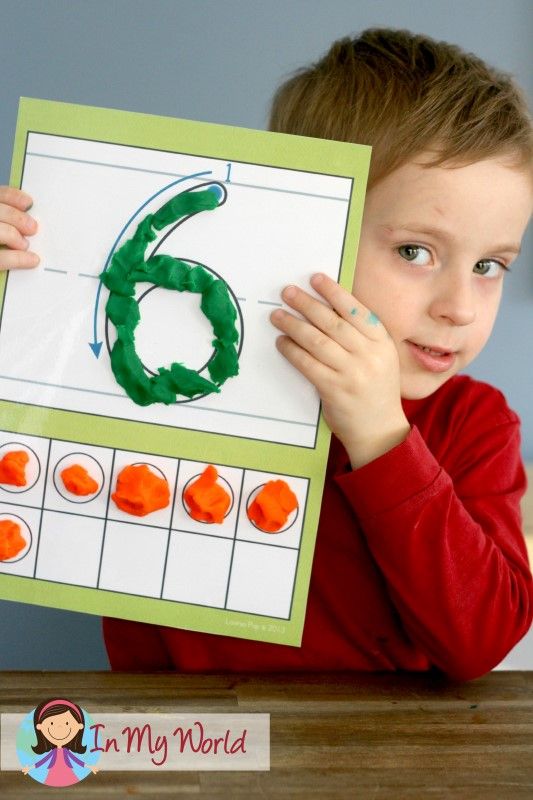 Just click the image and a pdf will be sent to your email.
Just click the image and a pdf will be sent to your email.
Printable Math Centers for the Entire Year
Having printable number cards, play dough mats, and other number activities for the entire year makes planning your preschool math centers even easier! Practice number matching and identification along with fine motor skills.
Free Printable Math Activities for Preschoolers
Pre-school education. Mathematics for preschoolers.
An important place in the development of preschool children in kindergarten is given to teaching the basics of mathematics. The program material is aimed at the formation of mathematical abilities and ideas, the development of mental activity, logical thinking and ingenuity, that is, the ability to make simple judgments using grammatically correct turns of speech. Mathematical representations are a means of intellectual development of preschoolers, their creative and cognitive abilities.
Among the huge selection of games, tasks and literature for teaching mathematics, it is worth paying special attention to those that do not present ready-made material, but allow the preschooler to look for a way to solve the tasks himself: compare, explore, count, combine, measure and establish correspondence, memorize, group, reason and explain their actions.
Good results can be achieved if you start studying not a year before school, but from an early age (3-3.5 years). Mathematics for preschoolers is a difficult science, because operates with concepts that are abstract for babies. Therefore, the first and most important principle of teaching mathematics is visibility. Learning is much easier when the baby feels, sees, can feel. It is better to count tangible objects with a child: strips of paper, counting sticks, colored cubes, toys, wooden geometric shapes.
Mathematics for preschoolers is a program for the formation of a child's mental abilities, which solves the following tasks:
- development of initial mathematical concepts;
- an introduction to the child's active vocabulary of mathematical terms;
- formation of figurative thinking;
- development of design principles;
- formation of logical abilities;
- development of creative activity;
- development of auditory and visual memory;
- the formation of skills to compare, analyze, group and generalize.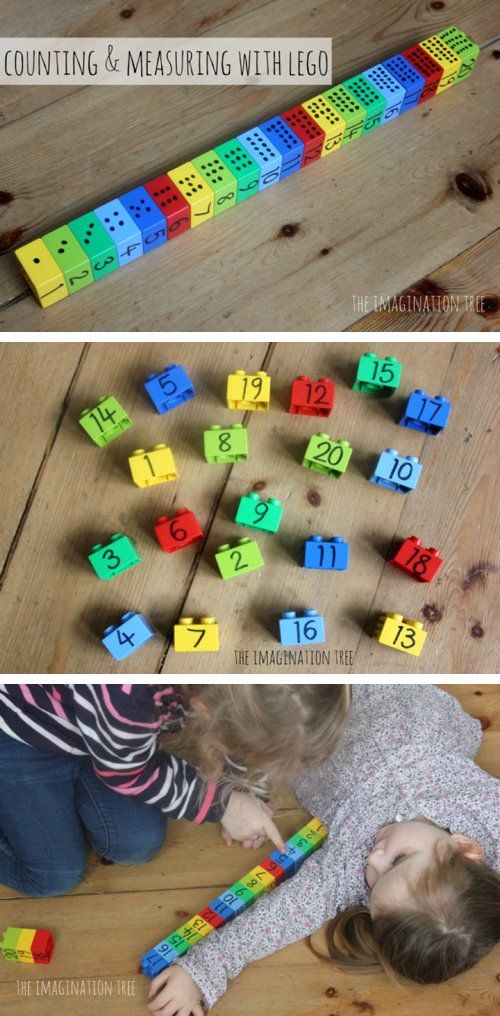
Mathematics for preschoolers consists of eight sections, the training of which begins with the second junior group (3 years) and lasts until graduation from school (7 years). All concepts are introduced gradually, in the form of a game and with elements of competition, based on the principle from simple to complex.
Digits, number, count
Children get acquainted with the numbers 0…20, learn to write printed numbers in a notebook. They learn to count within 20, using ordinal numbers (second, fifth). Learn to compare adjacent numbers. Get acquainted with such concepts as less, more, the same amount. Convert equalities to inequalities and vice versa. Get acquainted with mathematical signs + - = < >. They learn to compare the number, figure, the number of objects up to 20. They learn to count by 2 and 3 within 21. They study the composition of the number of the first ten. They come up with problems from the drawings and solve them based on clarity.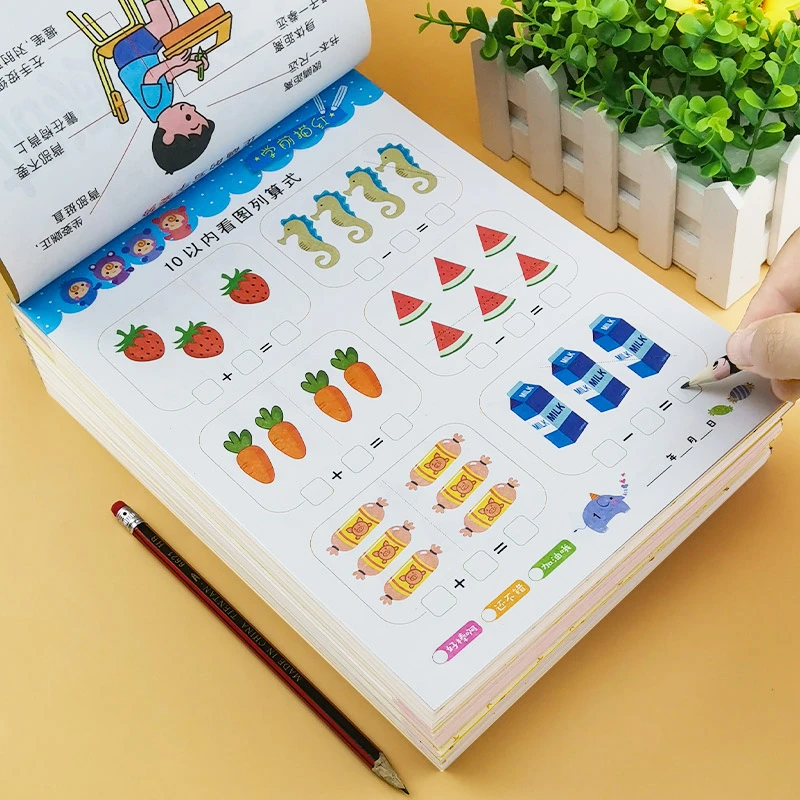
Value
Preschoolers learn to compare objects according to features:
- small - large, more - less, one size;
- shorter, longer, same length;
- below, above, the same height;
- wider, narrower, of the same width;
- thinner, thicker, same thickness;
- heavier, lighter, same weight;
- the same and different in shape and color.
Children learn to compare different objects using the method of superposition, pairwise comparison, and to distinguish an object from a group according to 2 and 3 features. Find an "extra" item in a group of items. Preschoolers develop an eye.
Geometric shapes
Children are taught to recognize geometric shapes: triangle, circle, oval, square, rectangle and polygon. Toddlers learn to find and name the corners, sides and vertices of all familiar shapes. Figures are grouped according to 1 of 3 features (color, shape, size).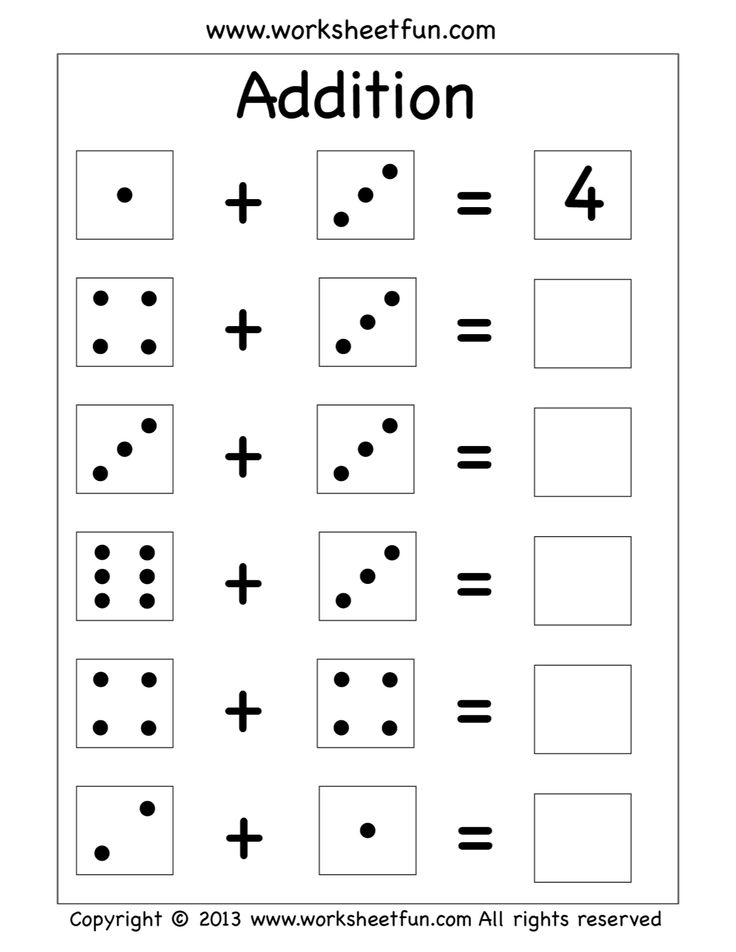
Construction
Construction is taught on counting sticks. Children add geometric shapes, letters, numbers, pictures from them.
Orientation in space
1) Preschoolers learn to determine the position of objects in space - right, left, bottom, top.
2) Determine the direction of movement - from right to left, top to bottom, back, forward, in the opposite direction, in the same direction;
3) Get acquainted with the concepts - close and far, low and high, closer, farther, near.
4) Determine their position in space - outside or inside. Among the objects: on, in, under, over, in front of, between, to, from, through.
5) Orientation on a piece of paper, in a column and line of cells.
Orientation in time
Preschoolers get acquainted with the concepts: day, week, month, year, days of the week, time of day and seasons. Learn to identify days using the concepts: yesterday, tomorrow, today, the day after tomorrow.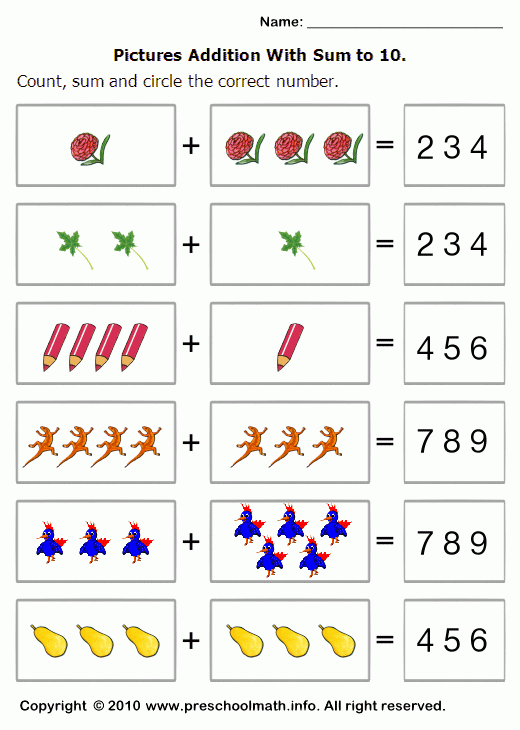 Include in the active dictionary the concepts: soon, long, further, quickly, slowly, then, for a long time.
Include in the active dictionary the concepts: soon, long, further, quickly, slowly, then, for a long time.
Logic games and tasks
Simple tasks aimed at developing logical thinking, ingenuity and resourcefulness. Jokes, puzzles and puzzles of mathematical content.
The success of teaching mathematics in elementary school depends on the effective development of the child in preschool age. The main thing to remember is that it is not the amount of knowledge and skills that is important, their qualities and the degree of influence on the mental abilities of the child are important.
The author of the article: Mardar Lyudmila Aleksandrovna
Mathematics education at a preschool educational institution
Mathematics education at a preschool educational institution.
Modern approaches to the formation of the foundations of the mathematical culture of preschoolers.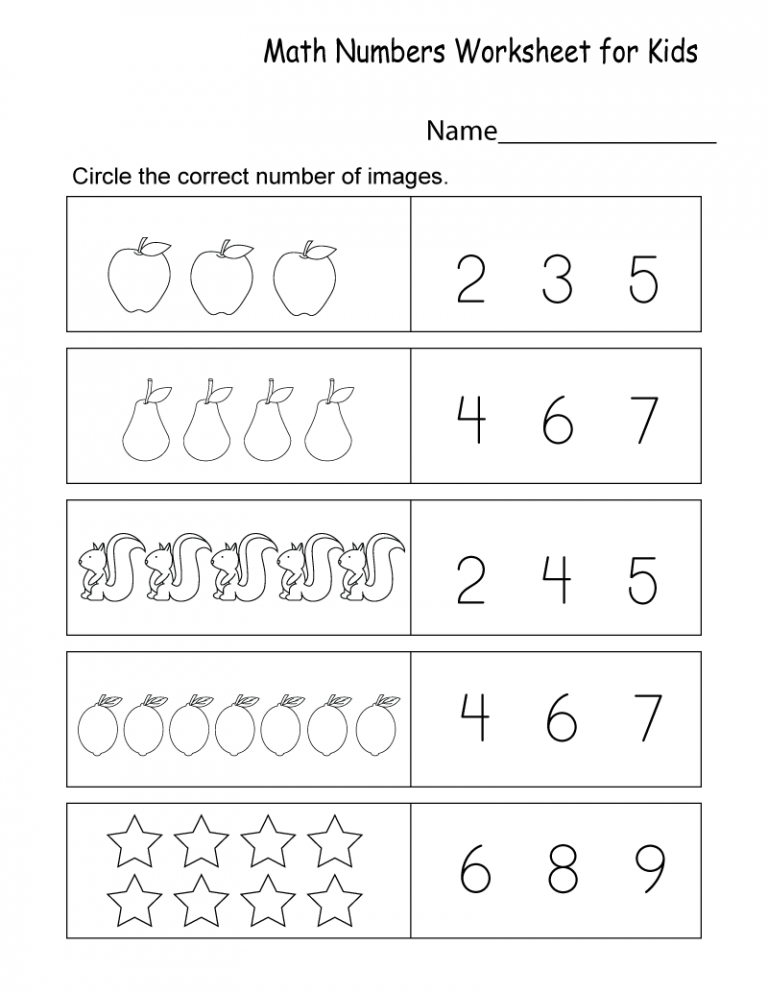
Children's entry into the world of mathematics begins already in preschool childhood. Mathematics is a universal method of cognition of the surrounding and objective world, and its role in modern science is constantly growing. Changes in conceptual approaches to determining the content and choice of methods for teaching mathematics at school, the widespread use of modern educational technologies have also determined the requirements for the mathematical preparation of preschool children.
Today "mathematics is more than a science, it is a language". The study of mathematics improves the culture of thinking, teaches children to reason logically, educates them in the accuracy of their statements. Mathematical knowledge and skills are necessary for the successful adaptation of the child to the processes of social communication, informatization and technologization of society. They broaden the horizons of the child. Mathematical culture is an integral part of the general culture of the individual, and in the period of preschool childhood it has its own characteristics associated with the age and individual capabilities of children.
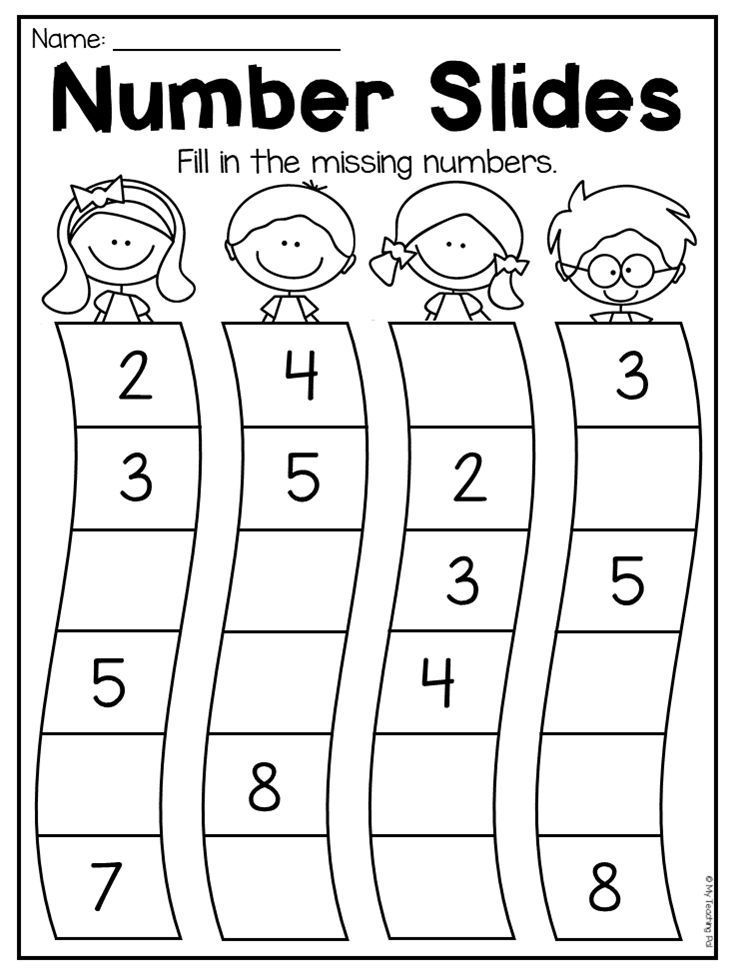
Traditionally, four lines are distinguished in the content of mathematical education for preschool children: arithmetic, algebraic, geometric and magnitude. Today, taking into account the renewal of the content of preschool education, a fifth content line is added - algorithmic (schemes, models, algorithms). The use of information in a symbolized form contributes to the development of the ability to act mentally, develops logical and creative thinking, and imagination.
The adoption of the Federal State Educational Standard for preschool education will require the need to provide, as a prerequisite, the possibility of self-realization of the child at all stages of work on mathematical development in the preschool education system.
Mathematical material should be revealed during excursions, acquaintance with literary works and small forms of folklore, games with natural material (water, sand, beans, peas, cereals), through game exercises with sensory standards, household items, constructive and didactic games , in problem situations.
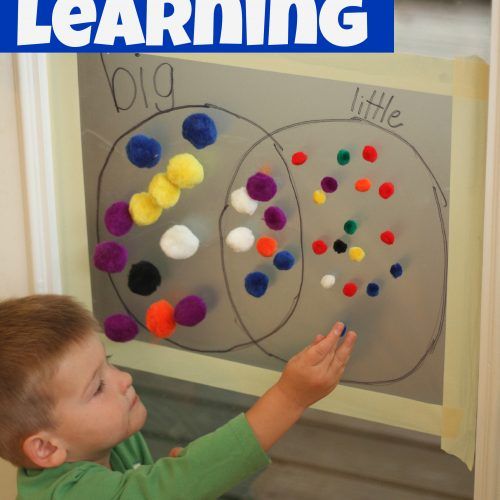 All these forms vary according to age.
All these forms vary according to age. During their stay in kindergarten, a graduate must learn to apply mathematical knowledge and ideas in practical activities that are significant for him: play, children's experimentation, design, work, art and visual.
And as a result of self-realization, the child will develop learning motivation. Thus, the priority tasks of continuous education of children will be solved.
The concept of mathematical education in the Russian Federation
The importance of mathematical education is evidenced by the adoption of the Concept for the Development of Mathematical Education in the Russian Federation (December 24, 2013 (No. 2506 - p)), which is a system of views on the basic principles, goals, tasks and main directions of development of mathematical education in the Russian Federation.
Goals of the Concept:
to bring Russian mathematical education to a leading position in the world.
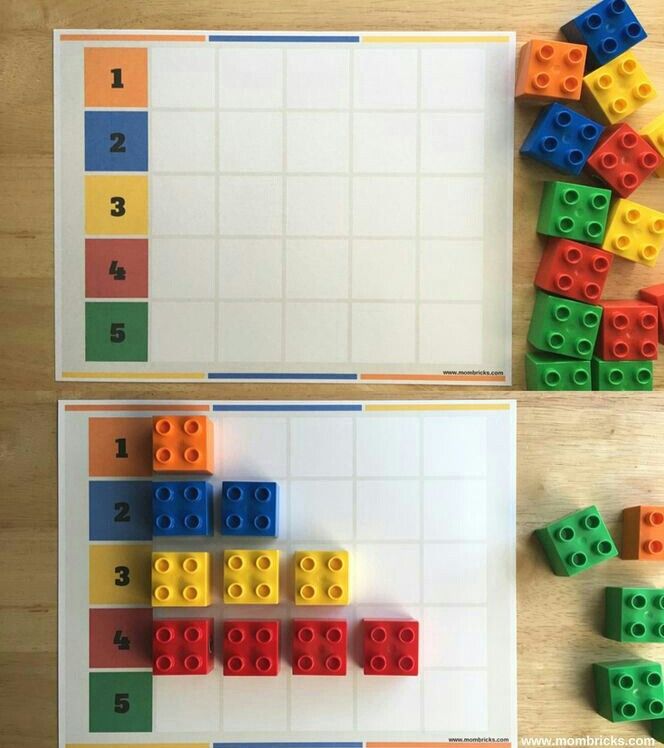
Mathematics in Russia should become an advanced and attractive field of knowledge and activity, the acquisition of mathematical knowledge should be a conscious and internally motivated process
Modernization of the content of curricula for mathematical education at all levels (with ensuring their continuity) based on the needs of students and the needs of society in general mathematical literacy, in specialists of various profiles and levels of mathematical training, in high achievements in science and practice;
Ensuring that there are no gaps in basic knowledge for each student, forming among the participants of educational relations the attitude “there are no children incapable of mathematics”, ensuring confidence in an honest and adequate state final assessment, providing teachers with diagnostic tools (including automated ones) and overcoming individual difficulties;
Ensuring the availability of publicly available information resources necessary for the implementation of curricula of mathematical education, including in electronic format, tools for the activities of students and teachers, the use of modern technologies in the educational process;
Improving the quality of the work of mathematics teachers (from pedagogical workers of general education organizations to scientific and pedagogical workers of educational institutions of higher education), strengthening the mechanisms for their material and social support, providing them with the opportunity to refer to the best examples of Russian and world mathematical education, the achievements of pedagogical science and modern educational technologies, the creation and implementation of their own pedagogical approaches and copyright programs;
Support for leaders in mathematics education (organizations and individual teachers and scientists, as well as structures formed around leaders), identifying new active leaders;
Providing highly motivated students with outstanding mathematical abilities with all the conditions for the development and application of these abilities;
Popularization of mathematical knowledge and mathematical education.
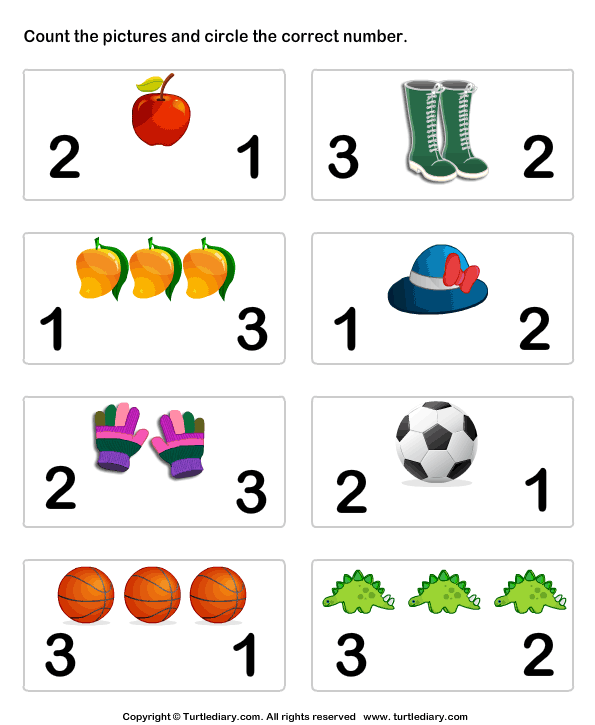
Basic provisions for the implementation of the concept
Every citizen of Russia, regardless of age, has the right to free mathematical education, taking into account his professional orientation and individual intellectual needs. The system of mathematical education provides equal starting opportunities and takes into account the already achieved level at each stage.
Mathematics education is carried out in educational institutions of preschool, basic, vocational and additional education, higher educational institutions, in the family, in the form of self-education, as well as in the form of public educational associations. Responsibility for the results of mathematical education of a citizen of the Russian Federation is jointly borne by the state, parents and the citizen himself.
The main customer of mass general mathematical education is society. The state forms this order at all levels, based on the needs of industry and business, the country's research base, healthcare, public administration and education institutions, and provides support, including funding for this order.
